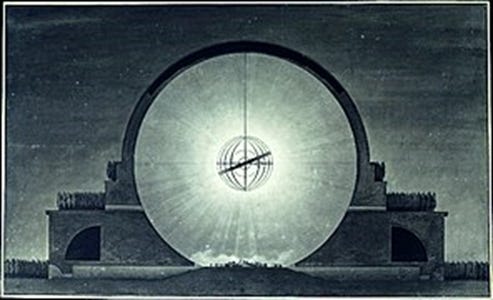![Reuleaux polygon - Wikipedia In geometry, a Reuleaux polygon is a curve of constant width made up of circular arcs of constant radius.[1] These shapes are named after thei](https://upload.wikimedia.org/wikipedia/commons/thumb/d/d2/ReuleauxTriangle.svg/1200px-ReuleauxTriangle.svg.png)
Reuleaux polygon - Wikipedia
In geometry, a Reuleaux polygon is a curve of constant width made up of circular arcs of constant radius.[1] These shapes are named after their prototypical example, the Reuleaux triangle, which in turn, is named after 19th-century German engineer Franz Reuleaux.[2] The Reuleaux triangle can be constructed from an equilateral triangle by connecting each two vertices by a circular arc centered on the third vertex, and Reuleaux polygons can be formed by a similar construction from any regular polygon with an odd number of sides, or from certain irregular polygons. Every curve of constant width can be accurately approximated by Reuleaux polygons. They have been applied in coinage shapes.
If P {\displaystyle P} is a convex polygon with an odd number of sides, in which each vertex is equidistant to the two opposite vertices and closer to all other vertices, then replacing each side of P {\displaystyle P} by an arc centered at its opposite vertex produces a Reuleaux polygon. As a special case, this construction is possible for every regular polygon with an odd number of sides.[1]
Every Reuleaux polygon must have an odd number of circular-arc sides, and can be constructed in this way from a polygon, the convex hull of its arc endpoints. However, it is possible for other curves of constant width to be made of an even number of arcs with varying radii.[1]









/cdn.vox-cdn.com/uploads/chorus_asset/file/25430170/203746_thermostats_ecobee_ebstat02.jpeg)







